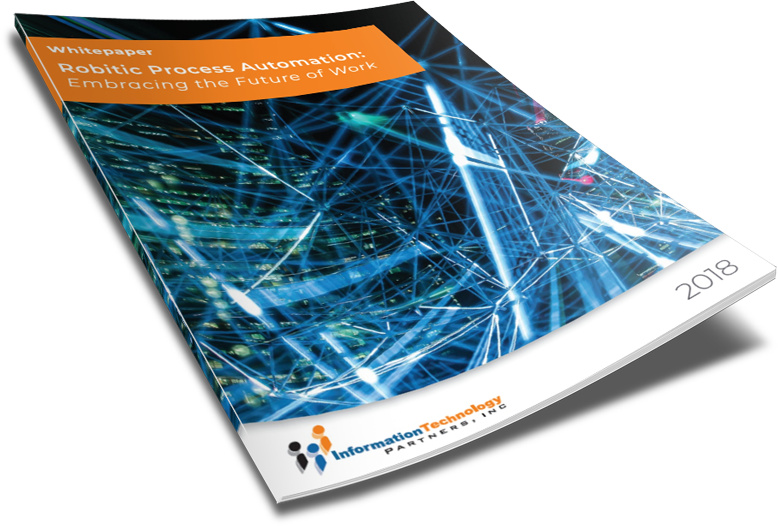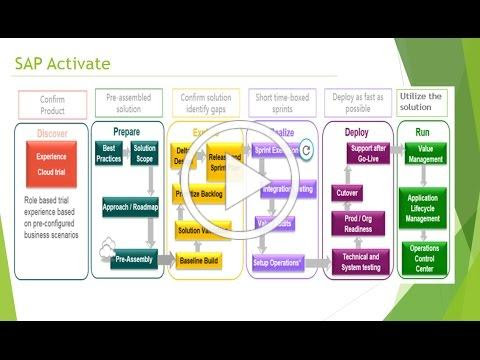TAKE NOTE (Insights and Emerging Technology)

Artificial Intelligence (AI) is reshaping the landscape of proposal writing, offering a wide range of advantages that extend beyond just automation. Incorporating artificial intelligence (AI) technology into the process of business development, capture, and proposal management is becoming increasingly competitive.
It is projected that this year, around half of the government contractors will utilize AI to enhance their chances of winning contracts, and the government itself will also start using AI to assess proposals. But is AI enough to tailor compliant and winning proposal responses? In this blog post, we discuss not only the advantages of incorporating artificial intelligence into the process of writing proposals but also the challenges and limitations of AI-assisted proposal development and the importance of human-led proposal development.
What are The Advantages of AI for Proposal Writing?
AI brings in the capability to personalize proposals in a way that was previously thought to be impractical using manual methods. By using algorithms to analyze past data and interactions with clients, AI can understand individual preferences, priorities, and challenges. This leads to a significant advancement in proposal writing, creating tailored proposals that address each client’s specific needs and significantly improving the chances of a favorable response.
AI tools facilitate seamless collaboration among team members engaged in the proposal writing process. By streamlining tasks like project management and version control, AI allows humans to focus on the strategic elements of proposal development. This enhances efficiency and promotes a cohesive and coordinated team effort.
There are multiple AI tools available in the market that can perform functions such as:
- Capture Management
- Shredding of solicitation documents to create short summaries
- Creating compliance matrices, schedule matrices, and so on
- Creating outlines
- Creating win themes
- Generating responses to various sections
- Proofreading and editing
Using AI for proposal development can drastically reduce the turnaround time on proposals and help respond to more proposals with the same team.
The Government’s Stance on AI
Many government agencies are exploring the integration of AI into their procurement procedures, including from creating solicitations to evaluating proposals. However, most agencies are hesitant about contractors using AI to draft their proposals. For instance, during the SEWP VI industry day, NASA mandated that bidders must declare in their proposals that they did not utilize AI tools in their proposal creation.
With the pace of AI advancement, the federal government has started working with industry to develop a Blueprint for an AI Bill of Rights to help guide the design, development, and deployment of AI to protect the American public. As the blueprint suggests, the goal is to design and develop safe AI systems. To advance President Biden’s vision, the White House Office of Science and Technology Policy has identified five principles that should guide the design, use, and deployment of automated systems to protect the American public in the age of artificial intelligence.
The increasing integration of AI for proposal development is an intriguing and revolutionary advancement. It brings the potential for enhanced efficiency and effectiveness in our tasks, yet it also introduces obstacles concerning data protection and personalized content. Integration of AI might be the future, but it needs to be approached cautiously.
Interested in learning more about RPA? Download our FREE White Paper on “Embracing the Future of Work”
UNDER DEVELOPMENT (Insights for Developers)
Agile Scrum Terminology to Know for SAP Activate

Intro
Agile development has been standard best practice for software development for a couple of decades now, and for good reason; it has been proven to help development teams deliver higher quality software at a faster pace. SAP is trusted the world over by leading organizations to handle critical business processes and functions. Unfortunately, making changes to SAP systems in response to evolving business needs can be tedious and cumbersome.
Scrum is an Agile framework that helps teams organize their work better and get things done more efficiently. It’s like learning a new language that’s specific to managing agile projects. For everyone involved, from the people who write the software to those in charge of the project, understanding this language is crucial. It helps everyone talk to each other clearly and move the project forward without confusion. This blog post is here to help you out by explaining the most important terms you’ll need to know. Think of it as a helpful guide that makes the complex parts of SAP Activate projects a bit easier to handle.
For a quick 50,000 foot overview on SAP Activate, CLICK HERE
Core Concepts of SCRUM
Sprint: In Scrum, the concept of a Sprint is fundamental. It is essentially a set period, typically lasting two to four weeks, during which team members dedicate themselves to completing certain tasks they’ve agreed upon beforehand. The aim here is quite clear: by the end of this period, the team should have something tangible and valuable to show for their efforts, be it a new feature or a part of the product that’s ready to go. This cycle is crucial because it helps the team focus on specific goals in short bursts, allowing for quick adjustments based on feedback and ensuring that the project moves forward steadily.
Epic: Think of Epics as the big, overarching goals of your project. These are large-scale requirements or functionalities that are too substantial to be tackled in a single Sprint. Because of their size, they often stretch over multiple Sprints and may need the attention of more than one Scrum team. They’re like chapters in a book, each containing a series of related stories (user stories, that is) that need to be completed to fulfill a significant part of the project. Breaking down these Epics into smaller, more manageable pieces allows teams to approach large and complex requirements systematically, ensuring that every aspect of the project is covered.

User Story: A user story is a short, simple description of a feature from the perspective of the person who desires the new capability, typically a user or customer of the system. Each story is a building block that contributes to the broader project goal, encapsulating a specific need by stating who needs what and why. This format helps keep the team focused on delivering real value to users, encouraging a user-centric approach to development. It’s a way to ensure that everyone on the team understands exactly what they’re working towards and why it matters, facilitating clearer communication and more effective planning.

Product Backlog: The product backlog is essentially the master list of all the work that needs to be done on the project. It includes everything from new features and enhancements to bug fixes and technical upgrades….
– Dig Deeper –
Intro SAP Activate, based on Agile
Q&A (Post your questions and get the answers you need)

Q. What is an automated end to end testing tool?
A. An automated end-to-end (E2E) testing tool is software that simulates a user’s experience with a software application or system to validate its functionality. E2E testing tools simulate real-world user scenarios and replicate live data to identify bugs that arise when all components are integrated.
E2E testing is considered one of the most important types of testing, but it can also be time- and resource-intensive. Automation can help solve some of these problems by ensuring consistent test coverage of the system. When selecting an E2E testing tool, you can consider features like:
Cross-platform testing
Whether the software can test applications on different OSs, browsers, and devices
Low-code test design
Whether the platform allows for flexibility and collaboration between members with different coding expertise
Integration
Whether the tool integrates with popular CI/CD and DevOps tools like Jira, Jenkins, or Docker
Some common tools used in E2E testing include:
- Selenium: A well-known tool for automating web browsers that supports multiple languages and frameworks
- Cypress: A fast, user-friendly testing tool that runs directly in the browser
- TestCafe: A Node.js-based tool for testing in any browser that supports HTML5
- Selenium WebDriver: An open-source project that develops functional tests to drive the browser



